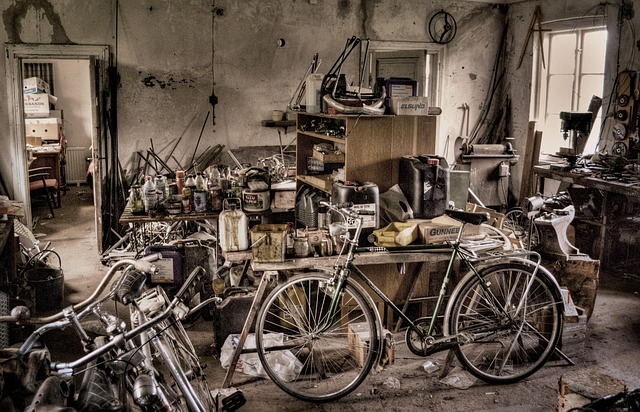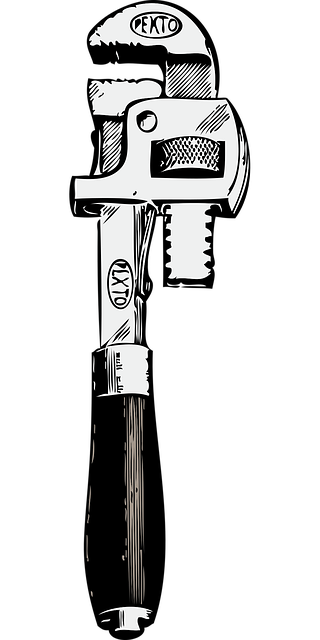Before attempting any radiator repair service, assess leak source and severity. Gather essential tools and safety gear. Understand when to replace the radiator. Choose between repair or replacement based on damage extent. Seek professional help for guaranteed cooling system longevity.
“Learning how to fix a leaking radiator can save you time, money, and potentially prevent further damage. This comprehensive guide walks you through the process step-by-step, from assessing the leak to replacing or fixing it. We’ll equip you with the knowledge needed for a successful do-it-yourself project or guiding you on hiring a professional radiator repair service. Discover how to identify the source, prepare for the task, and effectively address this common issue.”
- Assess the Leak: Identify the Source and Extent
- Prepare for Repair: Gather Tools and Safety Gear
- Replace or Fix: Step-by-Step Guide to Radiator Repair Service
Assess the Leak: Identify the Source and Extent

Before diving into any radiator repair, it’s crucial to assess the leak thoroughly. Start by identifying the source—is it coming from a joint, the top tank, or the bottom? Visually inspect for cracks or damaged components. Note that a steady drip could indicate a small issue, while a gushing flow might signal a more severe problem. The extent of the leak is also critical to determine; a slow trickle may not require an immediate radiator repair service, but a sudden deluge definitely demands attention.
Once you pinpoint the source and understand the leak’s severity, it becomes easier to decide on the leaky radiator solution. If it’s a minor issue, like a loose connection, fixing it yourself is feasible. However, for more complex problems or when considering when to change radiator, it’s best to consult a trustworthy radiator repair service for professional assessment and repairs.
Prepare for Repair: Gather Tools and Safety Gear

Before tackling a leaking radiator, it’s crucial to prepare for the repair process by gathering the right tools and safety gear. This ensures a smooth and efficient fix, potentially saving you time and money in the long run. For a successful radiator repair service, you’ll need some basic items such as wrenches, screwdrivers, pliers, and a new radiator gasket or seal kit specific to your vehicle model. Don’t forget protective gear, including gloves, safety glasses, and even ear protection if you’re working in tight quarters.
Additionally, having a few key components on hand can streamline the process. This includes knowing when to change the radiator—usually due to persistent leaks or when the cooling system shows signs of distress, like overheating caused by a faulty thermostat. By being prepared with these essentials, you’ll be ready to tackle any minor or even more significant radiator repair service issues head-on.
Replace or Fix: Step-by-Step Guide to Radiator Repair Service

When considering a radiator repair service, the first decision is whether to replace or fix the issue. If the damage is limited to a small crack or leak, repairing might be the best option. This process typically involves locating and patching the problem area. Begin by turning off the car’s engine and allowing the coolant to cool down completely. Next, identify where the leak originates, which could be a cracked joint, hose, or radiator itself. Once found, clean the area thoroughly before applying a suitable sealant or patch kit. For a more extensive repair, such as a severely damaged or old radiator, replacement might be necessary. This involves removing the old radiator and installing a new one, ensuring proper cooling system flush to eliminate any residual coolant.
Remember, a faulty radiator can lead to your car overheating in summer, so prompt action is crucial. Regular maintenance checks can help prevent such issues, but if you notice signs of a leak or unusual temperatures, don’t delay; seek a professional radiator repair service to ensure the longevity of your vehicle’s cooling system.
Fixing a leaking radiator is a manageable task with the right knowledge. By first assessing the leak’s source and extent, then preparing with necessary tools and safety gear, you’re ready for a successful radiator repair service. Following a step-by-step guide ensures the job is done effectively, allowing you to restore your vehicle’s performance and prevent further damage. Remember, proper maintenance can extend the life of your car’s heating system, so addressing leaks promptly is key.
